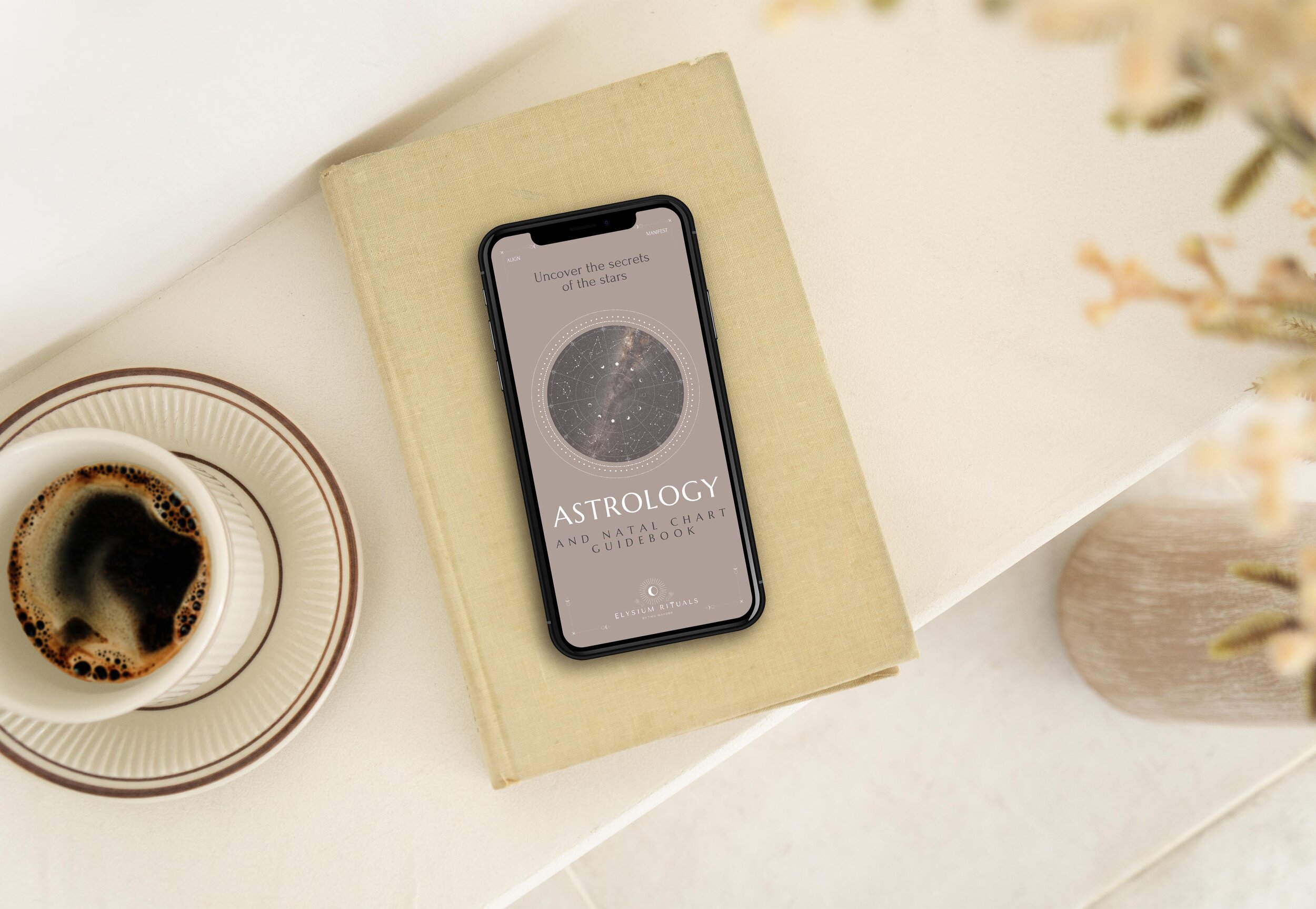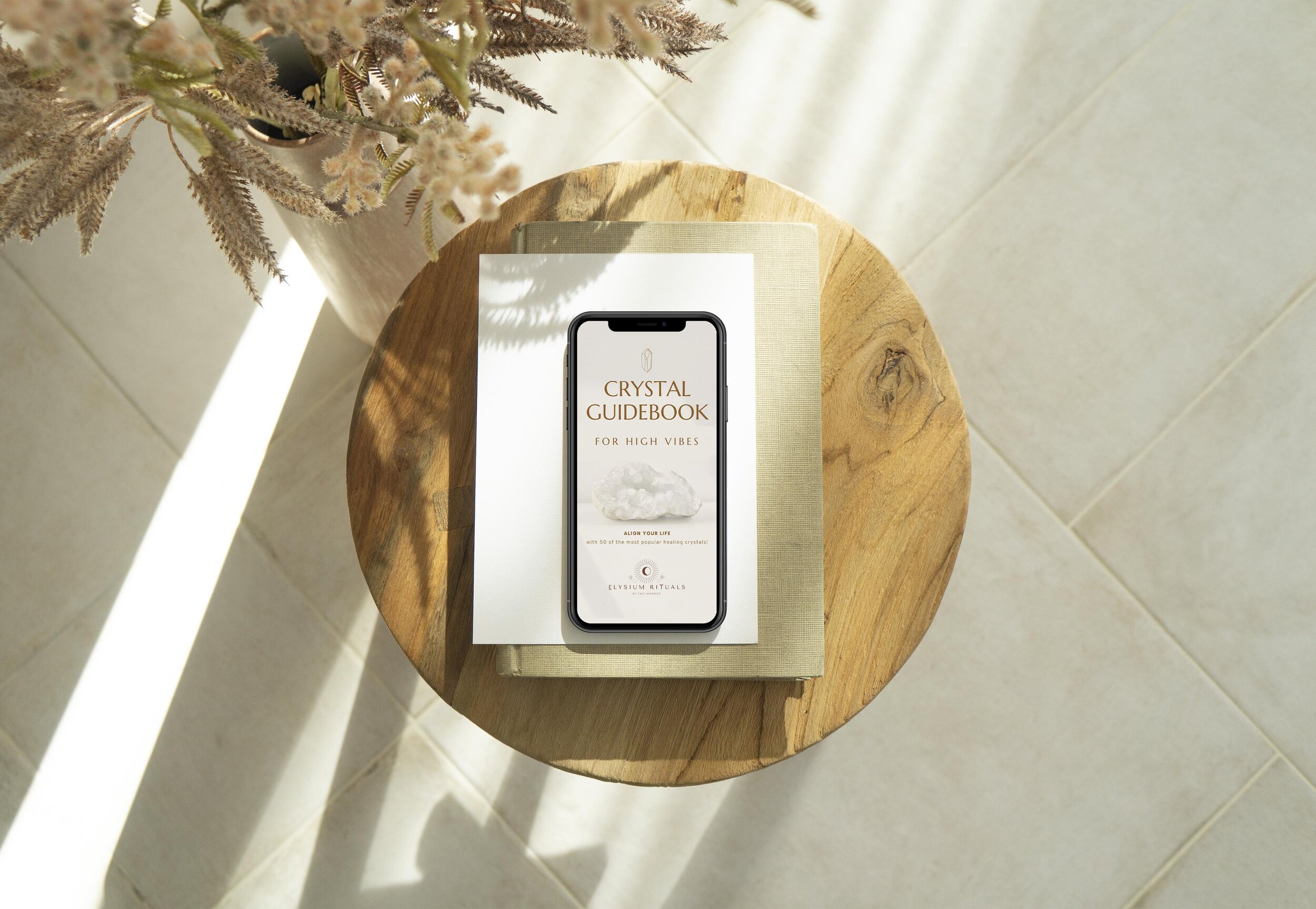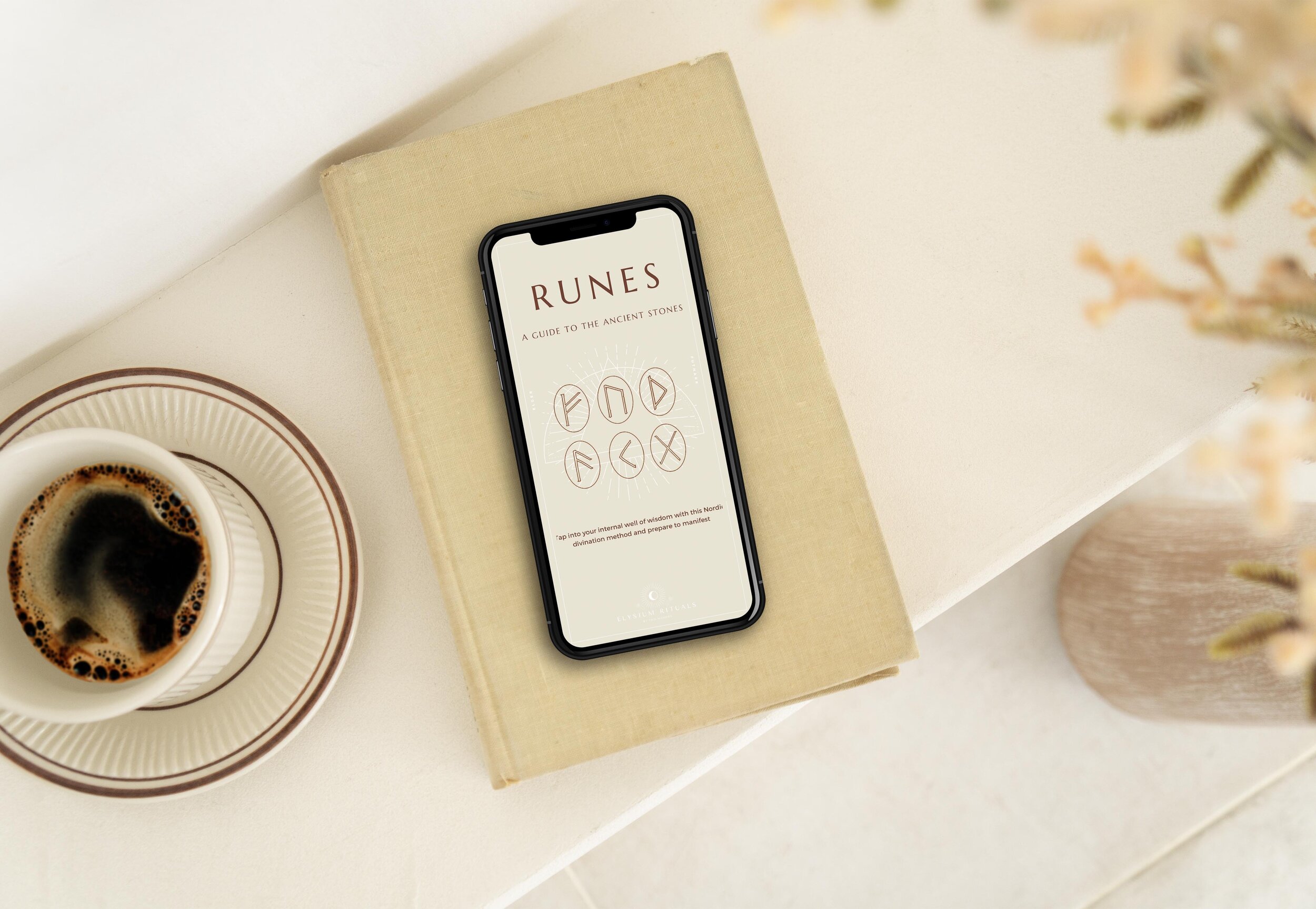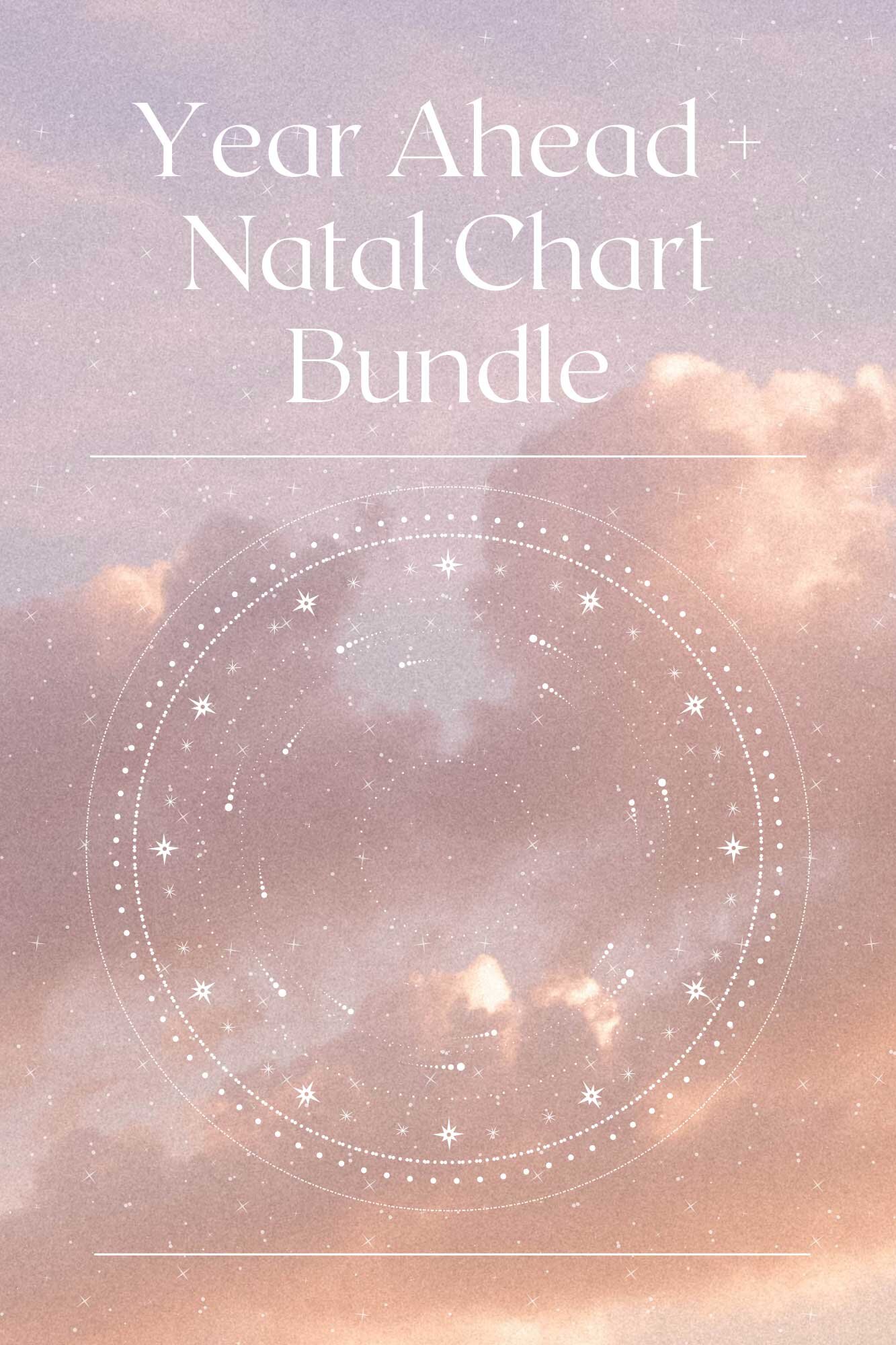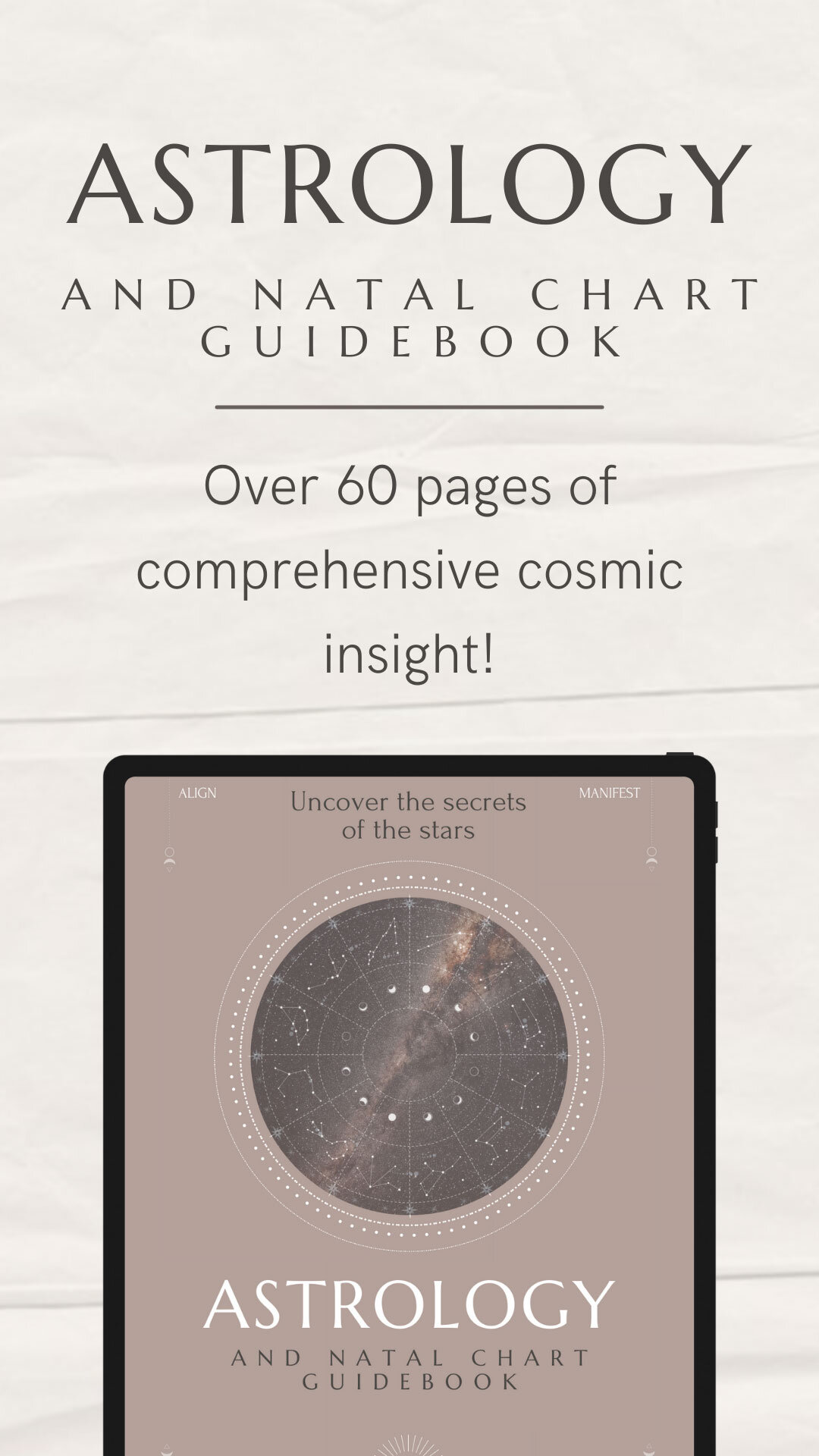How I Healed My Period To Get Rid Of Menstrual Cramps
Please note this post may contain affiliate links. If you choose to purchase through these links, we may receive a small commission at no extra cost to you. By using these links you are directly supporting Two Wander to continue providing content to stoke your curiosity for conscious wandering + holistic well-being. Thank you!
How I Got Rid Of Menstrual Cramps And Became More Eco-Friendly
Menstrual cramps, or dysmenorrhea, is a symptom affecting 3 out of 4 women at some point ranging from slight discomfort to debilitating pain. But just because period cramps are common does not mean that they are normal. This is a thought that stayed with me as I was dealing with my PMS symptom and looking to get rid of it, thinking that there’s no way intelligent Mother Nature would make this a thing. So, I started researching ways to get rid of cramps and, happily, along the way also found ways to make my periods more eco-friendly too.
A breakdown of the menstrual cycle
First, let’s quickly cover the basics of what constitutes a menstrual cycle. Your menstrual cycle starts from day 1 of your period and ends on the day before your next period (so how long your menstrual cycle actually was will be determined after you start your next period). For example, if I get my period on the 1st of April and my next period starts on the 28th of April then that cycle lasted 27 days. Anything between 25-35 days is considered normal and fluctuations of up to 1 week are also considered healthy.
Roughly, from day 1 to day 5 are considered your menstrual phase, next comes your follicular phase from approximately day 6 to day 12. Then you have your fertile ovulation days which should happen around day 13-15, and finally you’ll have your luteal phase from approximately day 16 to day 28 or whenever your next period starts and the cycle repeats itself. The majority of women don’t, in fact, have a menstrual cycle of 28 days.
There are a variety of different physiological needs that happen in each of these phases and I highly recommend getting the Flo app (or similar) to learn more about them. I learnt SO much about myself from it and found it really interesting to get in sync and track my different cycle patterns (such as insomnia etc).
For example, I did not know about the different amounts/qualities of discharge and temperature changes that happen throughout your menstrual cycle (i.e. you should see a drop in temperature on the day you ovulate and an increase in temperature after, when you are no longer fertile, until the day of your period). I also didn’t know that you can technically only get pregnant up to 6 days a month!
Knowing all of this different information about our personal infradian rhythm, as it’s called, we can make lifestyle adjustments to best support ourselves. For example, we have more energy at certain times of the month (from about day 7 to day 25), and so this is when it would be good to do more cardio. On the other hand, towards the end of the second half of our cycle, and especially during our period, we need more sleep (women on average also need at least 20 minutes more than men do) and would benefit from a slower pace of life and gentler activity.
This is when we also have stronger appetites, particularly for carbs and fats, because of the extra work our body is currently doing. In fact overdoing exercise during this time and fasting, in particular, can actually SHRINK THE SIZE OF YOUR OVARIES! It can also make your body hold onto fat more because it’s so highly needed during this time (if you’re trying to lose weight and doing cardio at all times of the month this might be something to reconsider). When your hormones are unbalanced (such as producing too much oestrogen or prostaglandins) is usually when PMS symptoms will appear.
These can include, cramping, backache, mood swings, acne, fatigue, headaches, nausea, bloating, cravings, insomnia, breast tenderness and difficulty concentrating.
With all this info, we can not only banish menstrual pain and other PMS symptoms, but also optimize our functionality for a happier, healthier life. For loads more on this topic I suggest reading In The Flo by hormone expert Alisa Vitti (who created the MyFlo app), it’s chock-a-block full of all the research and science and how you can work with your body and cycles, including monthly workout/meal plans, to regulate your hormones for happier health.
How To Heal Your Period And Get Rid Of Cramps
OK now let’s get into the good stuff. Below is how I personally got rid of my period cramps from what I found in the research. First, a little bit of my period backstory for context: I always had fairly regular periods that were relatively painless except for a couple of times a year when I would get one that completely KO’d me.
Then, I went on the contraceptive pill for a couple of years and when I came off it they were all over the place and my first period problems properly started. As is common after coming off synthetic hormones, it took ages for my periods to get fully back to regularity and some of them would still be extremely painful for years after (to the point that sometimes I couldn’t even stand in public without doubling over).
Apart from menstrual cramps, another period symptom I used to get was bad back pain, and that is largely gone now too. To help this I also stopped doing certain yoga poses the day before and during my period that focussed too much on back strength or flexibility. Other premenstrual syndromes I sometimes struggled with were fatigue, apathy and bad moods- again, these are all largely gone now.
After trial and erroring what works best for me, I barely even notice my periods are happening anymore! Here’s what I found to be most effective:
Reduce your stress
Sometimes we would rather be able to take some kind of supplement or even make other lifestyle adjustments because it seems easier and more plausible than managing stress, but you can do all the exercise in the world and eat all of the broccoli the planet has to offer- if you are stressed it’s not going to make much of a difference. You have to find a way to effectively manage your stress levels and, if possible, mitigate your stress response in the first place.
This can be done with practices like mindfulness, meditation, yoga, journaling, and, most importantly, mindset adjustments (which in turn can be facilitated with books and affirmations/mantras but mostly takes a lot of hard work to continuously and consciously implement in your day to day life). Yoga in particular is particularly useful if you suffer from PCOS because it has been shown to lower high testosterone levels in women by 29%! Exercise is crucial not only for a healthy circulatory system but also for releasing endorphins- aka nature’s painkiller!
Another thing we don’t think about causing stress is lack of sleep. Whilst it may not mentally cause you stress (which is the type we normally think of), poor sleep is classified as stress to your body. Work on sticking to a fixed sleep/wake schedule (and sorting out your sleep hygiene if this is a problem), and your body will thank you in more ways than one! This will work to not only regulate your hormones but also lower your inflammatory levels (both things which are of course paramount to a having healthy period).
For other things that have helped my mental health to be less stressed, check out my posts on Free-Flow and Gratitude Journaling or How To Mindfully Meditate.
Supplement with magnesium
The second thing that made a drastic difference for me was taking a daily magnesium supplement. Magnesium, as you may know, works to relax muscles which, surprise surprise, is what’s causes your cramping. I take a daily magnesium glycinate supplement (this form is more bioavailable to your body) and increase the dosage a day before and the day of my period. Magnesium also gets bonus points for helping you sleep better, yay! A more fun way is to eat dark chocolate :) Another excellent supplement for pain management is CBD oil, which I also regularly use.
A carrot a day can help oestrogen dominance
Carrots contain a unique fibre that is excellent at binding to excess oestrogen and helping it to not be reabsorbed, as well as balancing the ratio of progesterone and oestrogen, so it can be helpful if you suffer from hormonal imbalance. This is not something I’m super regimented with because normally Sam and I eat a carrot a day between us as a snack, and I’ll normally skip a day here and there but even that made a positive difference to me!
Omegas are necessary for balancing hormones
Particularly omega-3 which is easy to become deficient in with a Western diet- as well as lowering your omega-6s which are often too high (found in vegetable oils, peanuts and processed foods). Seed cycling has been shown to be effective for some people, even though I haven’t personally tried this myself, I do eat a tablespoon of mixed seeds every day.
Vitamin D is crucial
Vitamin D is SO essential to our hormone and immune health but sadly most of us are not getting enough. Aiming to get at least 20 minutes of daylight (even when cloudy) was one of the biggest contributing factors in helping to ease my painful periods and I notice it when I’ve slacked on this front! Our body can store vitamin D for up to one month and foods such as mushrooms (especially if left in the sun, on your window sill for example), fatty fish such as mackerel and fortified foods contain some, but in the winter your best bet is probably to supplement if you don’t live near the equator. Adequate calcium has also shown to be effective, especially when used together.
Top up your Vitamin Bs
If you have just come off of birth control, or are vegan, your B vitamins will likely be depleted so you need to work on getting those back up to scratch first. The best way to do this is by incorporating more into your diet, however, as vitamin B12 is derived from the soil, due to the depletion of nutrients in today’s soil, most of us, vegan or not, are commonly deficient in it so it’s also something worth considering supplementing with. Vitamin B1, in particular, has been shown to be effective at reducing PMS symptoms, as has Zinc. While it is important to work on adding vitamins to your diet, it is also important to work on reducing sources of inflammation, such as added sugars (thought to be one of the biggest culprits of inflammation), and alcohol.
Check your blood work
It may be applicable for you to verify whether you have an oestrogen, testosterone, progesterone or any other hormonal imbalance because that could be the simplest, most straight-fire way of curing your monthly woes. You can either look up certain symptoms here, or get medical advice directly from your doctor for more information (of course this is always a great first place to start anyway to make sure you don’t have a more serious underlying health condition)! Nutrient deficiencies are often thought to be the root cause of PMS and so sorting out your overall health will often sort your period out too.
Acupuncture has also proven to be extremely effective in relieving period pain by helping to rebalance hormones, I can personally attest myself how incredibly well it works! Similarly, acupressure points can work too, this is something I regularly have success with using ear seeds and moxibustion (which is said to be equivalent to 10 acupuncture needles)!
Use topical creams and essential oils
I make a period pain cream that I rub on my stomach and back several times a day as a preventative measure. You could also look into getting some ginger oil which has been shown to be as effective as pain medication! To make mine, I use arnica cream as a base and then add mugwort tincture and sage, frankincense, geranium, lavender, mint, rose, orange and ylang ylang essential oils- all of which have been shown to be useful for cramping. Tiger balm also contains clove oil which is really good too! The massaging action will also increase circulation and decrease bloating for bonus points. Click to read my comprehensive guide on the best essential oils here.
A heating pad is your best friend!
I’m sure we all know how good it feels to put a hot water bottle on our bellies when our muscles are cramping, and studies have shown it to be as effective as other forms of pain treatment! Even better if you can soak in a tub with some magnesium-rich Epsom salts. I buy heating pads that I can put in my underwear on my belly and back and wear them throughout the day to stop cramps from even coming in the first place.
Herbal teas for period pains
Last but not least, I daily drink some combination of dandelion, nettle, fennel, ginger, cinnamon, turmeric and mint tea all of which are great at relieving pain, relaxing muscles and helping the liver detoxify as well as decreasing bloat- another thing I no longer struggle with! To get rid of bloating I make sure not to eat any processed or salty foods before or during my period.
Chamomile and other nervines such as valerian, passionflower, hops and lavender are also great for calming the nervous system and helping to ease cramping (and helping with sleep too)! Red raspberry leaf, known as “The Women’s Tonic”, has been shown to be particularly good for softening the cervix, which is why it’s often prescribed to pregnant women, and is also rich in vitamin B6. Plus, of course, staying hydrated is an effective way in and of itself to decrease period pain and bloat. Studies have also shown that chasteberry and dill are good for pain management too but I haven’t personally tried these out yet.
A Traditional Chinese Medicine herb called Dong Quai (angelica sinensis), the “female ginseng” was also extremely helpful for me!
How To Make Periods More Eco-friendly
Along with all of this, as I was finding ways to reduce painful periods, one of the ways I came across was to stop using tampons. As this had been effective for some people and I was also looking into how to be more sustainable I came across menstrual knickers and cups.
Coupled with the fact that the average woman will use up to 15,000 sanitary products over a lifetime, spending up to £4500 and amounting to 200,000 tonnes of cumulative waste per year; the menstrual cup and period knickers switch were a no-brainer! Plus, both are super ecological options by having a life-span of at least 5+ years each. And, no risk of Toxic Shock Syndrome (TSS) or any residual chemicals (check out my post on how to make your own clean beauty products if you’re interested in a more natural lifestyle)!
Using menstrual cups
I absolutely love my menstrual cup, it was seriously revolutionary for me to be able to go AN ENTIRE DAY without thinking/worrying about having to change my tampon or pad. I was also pretty fascinated to see how much blood I lost on a given day and help track my patterns that way to see what constitutes as normal for me. I also finally properly learnt whether I have a light, medium or heavy flow because judging by how often you have to change your pad or tampon is quite hard. I will say that it did take some trial and error for it work 100% for me (in fact I HATED it the first 3 times I tried haha), you really do have to get up close and personal with yourself until you figure it out properly.
If it’s still not working for you, there are plenty of period cup brands out there so it could just be a case of trying out another one, but generally the problem is not securing it properly (for me it was not fixing it over the cervix correctly). The cup comes with detailed instructions and you can normally find really informational videos on their websites too. I use the Oganicup and am really happy with it.
Switching to period underwear
The second thing that revolutionised my periods, as well as making them more eco-friendly, were period knickers. I also absolutely adore these. Seriously, why would I risk ruining underwear that I love and potentially leaking through my clothes by getting caught off guard by my period starting a day early?? I was originally worried that period pants wouldn’t work well enough or that it would feel uncomfortable but I’m so so glad to say that they work really well! I’m over the moon that my eyes have been opened to the world of menstrual knickers and can’t wait to get more (I currently have 3 pairs of varying absorbencies).
I went for THINX ones in the hiphugger, sport (which are my favourite) and thong style, but there are other brands of period underwear out there and I’d also be curious to try out more. I use them in conjunction with the cup as a backup in case I don’t get in time to change it (which is great for travelling) and as a safety measure at night- no more stained sheets here! If you have a light flow you could maybe consider using these alone but I only do that on my last day.
[UPDATE 2021: I currently use Modi Bodi menstrual underwear and MUCH prefer them. I find them softer, more absorbent, more comfortable, and more flattering. Plus, after I made the switch I found out that THINX contain toxic PFAS]!
Period Poverty is also, sadly, a very big issue, and WOC, homeless women, and developing nations are disproportionately affected. If you are a person who bleeds, you know how difficult it can be to manage, and even if you don’t, I’m sure you can imagine the immense struggle this would be to not have access to basic sanitary rights. An organisation called Days For Girls are taking great strikes in trying to close this gap, as well as educate and end the stigma associated. I have donated with them if you would like to get involved too, especially during these times where access to shelters is also limited right now! If not, there are also plenty of other awesome organisations out there :)
Another side aspect that was interesting to explore a bit more for me was the notion of syncing your cycle to the moon. This is based on the idea that they run for similar amounts of time and reflect similar energies. For example, a new moon would represent your period and this is a quieter, more introspective time. Likewise, a full moon would be when you ovulate, this is a social, energetic time. Also corresponding to the seasons of winter (yin), spring, autumn and summer (yang) for the menstrual, follicular, fertile and luteal phase, we can use these times to sync with our rhythms and slow down and go inward, or be more outgoing and active accordingly.
Things I think we all do to some extent naturally anyway, but these ideas are talked about in the astrological Magic of I yearly planner I have and I really enjoyed thinking about it this way! Although my cycles haven’t exactly synced with the moon phases, and I don’t completely overhaul my life for them, along with the Flo app, I’ve learnt to take a gentler more intuitive and responsive approach to my body and its needs, and in turn it’s thanked me with completely pain-free periods!
Image via Thinx
So that’s how I healed my period to get rid of menstrual camps, and become more eco-friendly too! I really, really hope these tips can be of some use to you, having period cramps is DEFINITELY no fun at all. Do you or someone you know suffer from PMS? If so, what other things have you’ve tried, or have heard about, that work? It would be great if you could share them in the comments section below to help somebody else out and I’ll try it out too :)
What kind of menstrual products do you use? Would you ever try alternative methods such as a period cup or even free-bleeding? I’m curious to know how you manage yours!
















